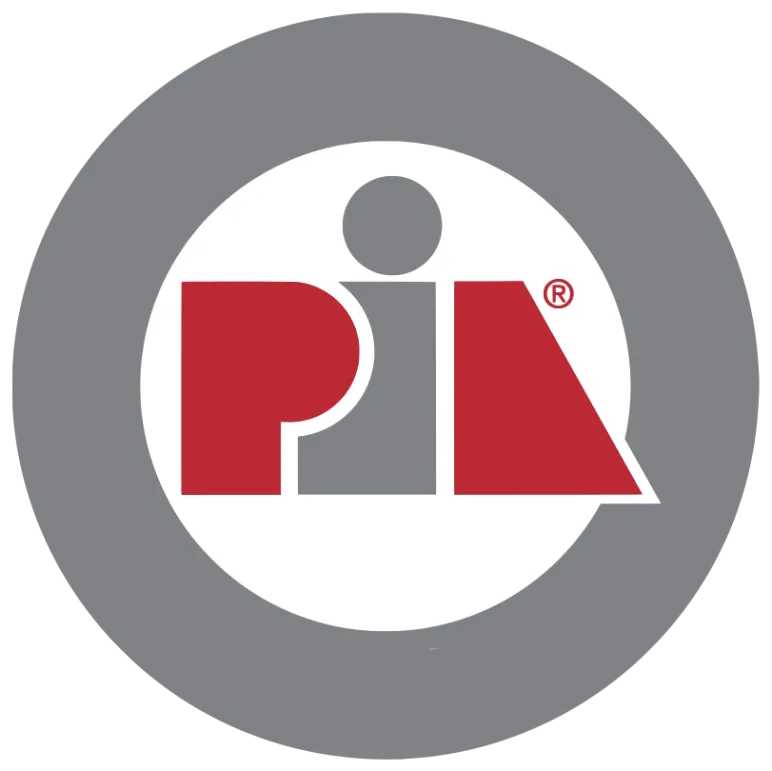
Understanding Why FR44 Insurance is Essential for Florida's High-Risk Drivers
The Rationale Behind FR44 Insurance in Florida
In Florida, FR44 insurance is not just a legal requirement; it's a strategic initiative aimed at enhancing road safety and ensuring that drivers who have been convicted of severe traffic violations, such as DUIs, carry a higher level of financial responsibility. The state's decision to mandate FR44 insurance stems from the need to protect other road users from the potential financial repercussions of accidents caused by high-risk drivers. Unlike the more common SR22 insurance, which sets a baseline for financial responsibility, FR44 insurance demands significantly higher minimum liability coverage. Specifically, while SR22 requires $10,000 for property damage and bodily injury, FR44 elevates these limits to $100,000 per person in bodily injury liability, $300,000 per accident, and $50,000 for property damage. This substantial increase in coverage is designed to mitigate the risks associated with high-risk drivers by ensuring they have the means to cover potential claims. Essentially, FR44 serves as a financial safeguard for victims, guaranteeing that they receive adequate compensation for damages resulting from the offender's negligence. By imposing these stricter insurance obligations, Florida aims to reinforce road safety and reduce future infractions by instilling a deeper sense of responsibility in these drivers.
How FR44 Requirements Enhance Road Safety
The implementation of FR44 requirements is a crucial component of Florida's broader strategy to enhance road safety. By mandating higher liability coverage, the state ensures that high-risk drivers are better equipped to handle the financial implications of their actions. This not only provides a financial safety net for victims but also serves as a deterrent against reckless behavior. Higher premiums associated with FR44 insurance make it more costly and challenging for high-risk drivers to obtain coverage, thereby encouraging them to adopt safer driving practices. Additionally, the stringent nature of FR44 requirements aligns with Florida's public safety objectives by discouraging repeat offenses. By making insurance more expensive and difficult to secure, the state effectively penalizes drivers for past infractions while promoting a culture of accountability and responsibility. Ultimately, the FR44 requirements reflect Florida's commitment to maintaining safer roads and protecting its citizens from the potential dangers posed by high-risk drivers.
The Impact of FR44 Insurance on High-Risk Drivers
For high-risk drivers in Florida, the impact of FR44 insurance is significant. Not only does it require them to carry higher liability coverage, but it also results in substantially higher insurance premiums. This financial burden serves as a powerful deterrent against reckless behavior, as it makes driving a costly privilege for those with severe traffic violations. However, the FR44 requirements also offer a structured path for offenders to regain their driving privileges responsibly. By complying with these mandates, drivers demonstrate their commitment to financial responsibility and road safety, which can ultimately lead to the restoration of their driving rights. While the higher premiums may seem punitive, they serve a greater purpose by aligning individual behavior with broader public safety goals. By imposing these stringent requirements, Florida sends a clear message that driving is a privilege that comes with significant responsibilities, particularly for those who have previously endangered others on the road. This approach not only protects other road users but also provides high-risk drivers with an opportunity to reform and reintegrate into the driving community responsibly.
Steps for High-Risk Drivers to Comply with FR44 Requirements
For high-risk drivers looking to comply with FR44 requirements in Florida, the process begins with understanding the specific insurance mandates. First, drivers should consult with an insurance provider to obtain a policy that meets the state's minimum liability coverage limits of $100,000 per person for bodily injury, $300,000 per accident, and $50,000 for property damage. It's crucial to compare different insurance providers to find the most affordable premiums while ensuring that the policy meets all legal requirements. Additionally, drivers should maintain a clean driving record and avoid further traffic violations, as these can lead to increased premiums and extended FR44 requirements. It's also advisable to take advantage of any available discounts or programs offered by insurance companies to help reduce costs. By taking these proactive steps, high-risk drivers can not only comply with FR44 requirements but also work towards regaining their driving privileges and demonstrating their commitment to road safety.
Frequently Asked Questions
What makes FR44 insurance different from SR22 in Florida?
FR44 insurance requires significantly higher liability coverage than SR22, with minimum limits of $100,000 per person for bodily injury, $300,000 per accident, and $50,000 for property damage, compared to SR22's $10,000 for property damage and bodily injury.
Why are FR44 insurance premiums higher than standard insurance?
FR44 insurance premiums are higher due to the increased liability coverage requirements, which reflect the higher risk associated with drivers who have committed severe traffic violations like DUIs.
How does FR44 insurance promote road safety in Florida?
FR44 insurance promotes road safety by ensuring high-risk drivers carry sufficient coverage to handle potential claims, acting as a financial safeguard for victims and a deterrent against reckless behavior through higher premiums.
What steps should high-risk drivers take to comply with FR44 requirements?
High-risk drivers should consult with insurance providers to obtain a policy that meets the state's liability coverage limits, maintain a clean driving record, and explore discounts to manage premium costs effectively.






Facebook
Instagram
LinkedIn